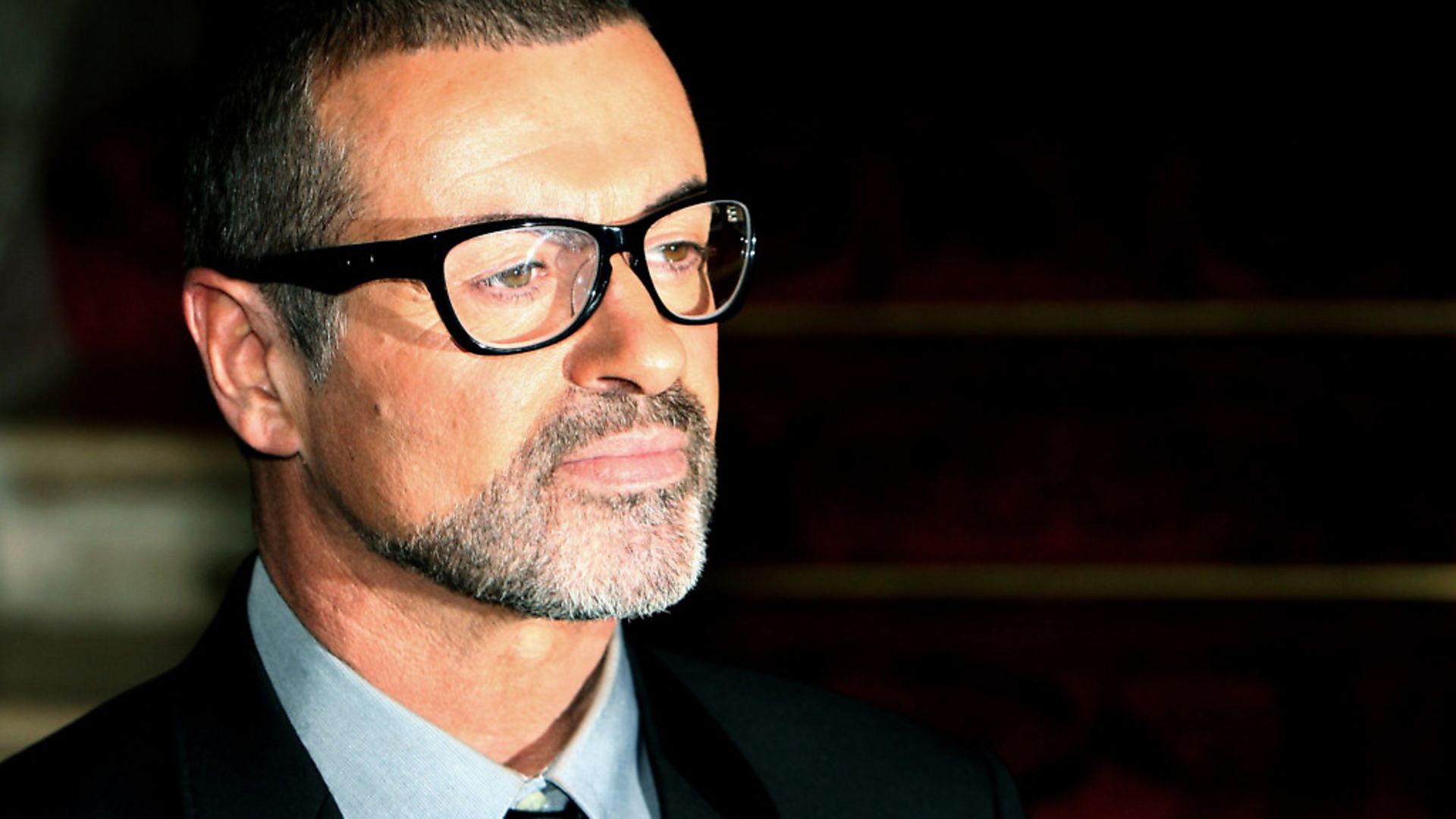
Since Brexit there has been a spike in homophobic hate crime. What are the reasons behind the worrying trend?
It is 50 years since the first major gay rights reform in British history. The Sexual Offences Act 1967 decreed that, in England and Wales, it would no longer be illegal for two men over the age of 21 to have sex behind closed doors.
The intervening years have seen vast changes in the legal rights and cultural visibility of LGBT+ people in the UK. To the point that it might now seem like the British LGBT+ community is on an unstoppable ascent to acceptance and equality. Yet in the last year there has been a rising tide of anti-LGBT sentiment.
History has shown that conservative attitudes towards sexuality and gender tend to flare up during periods of social and political uncertainty. Post-World War II, for example, there was a spike in arrests for homosexuality. It is no different now: following the 2016 EU referendum vote, homophobic hate crimes rose by 147%.
The media plays a central role in shaping public opinion, offering partial, selective and ideologically-loaded access points to the world beyond our everyday experiences. For many heterosexual people, it is through the media that they encounter LGBT identities. This is why media representation has been, and remains, such an important issue in the struggle for LGBT rights.
Whether national treasure or person on the street, in recent years these representations have become increasingly negative. In May this year, the Daily Express put the word ‘marry’ in inverted commas when tweeting about the openly-gay, Olympic medal-winning diver Tom Daley. The grammar breathed new life into the old, homophobic idea that ‘real’ marriage can only take place between heterosexuals. This was not an isolated incident, but the tip of a growing iceberg of thinly-veiled homophobia since the EU referendum.
The right-wing press in Britain has a well-deserved reputation for homophobia. In 1986, for example, The Sun ‘discovered’ that a teachers’ resource library in the Labour-held London borough of Islington held a copy of a children’s book called ‘Jenny Lives with Eric and Martin’ about a young girl and her two gay dads. The paper branded the book ‘vile’, ‘perverted’, and a direct threat to the children of Britain.
This homophobia did not spring out of nowhere, but was part of a joint effort, in the run up to the 1987 election, between the right-wing media and Margaret Thatcher’s Conservative government to paint Labour as the ‘loony left’, who were apparently prioritising the needs of minority groups over ‘normal’ – white, heterosexual – families. Homophobia was central to this strategy, and throughout the AIDS epidemic of the late 1980s the press persistently associated gay people with danger, contagion and death.
Amid the current government’s drastic programme of austerity, and under the newer shadow of economic uncertainty posed by Brexit, the right-wing press has begun to repackage these old homophobic myths.
Faced with increasing financial cuts, last year the NHS decided that it would not fund the newly-developed HIV prevention medication Pre-Exposure Prophylaxis (PrEP). In clinical trials, PrEP has been shown to dramatically reduce rates of HIV transmission among gay men, and is publicly funded in France and Belgium.
When the NHS’s decision was contested in the High Court by the National Aids Trust, the Daily Mail, MailOnline and The Sun were quick to denounce PrEP as a waste of scarce public resources – ignoring the fact that studies have found it is cheaper to prevent HIV than to treat it.
On its front page, the Daily Mail called the medication a ‘promiscuity pill’, the funding of which would represent ‘a skewed sense of values’. Its take-home message was clear: it’s not government cuts which are decimating the NHS, but feckless, promiscuous gays.
In another article, the Mail claimed that funding PrEP would deprive ‘toddlers with cystic fibrosis’ and ‘deaf children’ of the care they needed. In a seeming resurgence of Aids-era homophobia, gay sex is characterised as a threat to the health of the nation as embodied by its children.
These are not just one-off incidents. The idea that LGBT+ people represent some kind of threat has become a recurrent theme in the right-wing media over the last 12 months.
In September 2016, MailOnline branded same-sex traffic lights in Trafalgar Square in London as ‘dangerous’ to pedestrians.
When, in February this year, The Sun published a story ‘revealing’ that an NHS nurse used to star in gay porn, it tapped into existing anxieties around the implication of proximity between gay sex and the nation’s health.
When singer George Michael (himself a frequent target of tabloid homophobia) passed away last year, The Sun attempted to implicate George’s partner, Fadi Fawaz, in his death – even after he had been legally cleared of suspicion.
This media assumption of wrongdoing in the high-profile death of a gay partner was also seen in 2009, when Boyzone singer Stephen Gatley passed away. A post-mortem examination ruled that he died of natural causes, and yet Mail columnist Jan Moir was quick to condemn the events of the night that 33-year-old Gately died as being ‘another blow to the happy-ever-after myth of civil partnerships’.
For this section of the British media, gay relationships will never be anything but dysfunctional, pathological and destructive. These representations carry very real consequences: anti-LGBT+ bullying remains rife in schools, and LGBT+ people face disproportionate rates of mental health issues when compared to heterosexuals. As political and economic uncertainty continues to loom in the UK, these reactionary ideas are in danger of cementing even further into the fabric of society.
Michael Lovelock is a lecturer in Media at Cardiff Metropolitan University. His research and publications explore LGBT visibility in popular media.
Warning: Illegal string offset 'link_id' in /mnt/storage/stage/www/wp-includes/bookmark.php on line 357
Notice: Trying to get property 'link_id' of non-object in /mnt/storage/stage/www/wp-includes/bookmark.php on line 37






